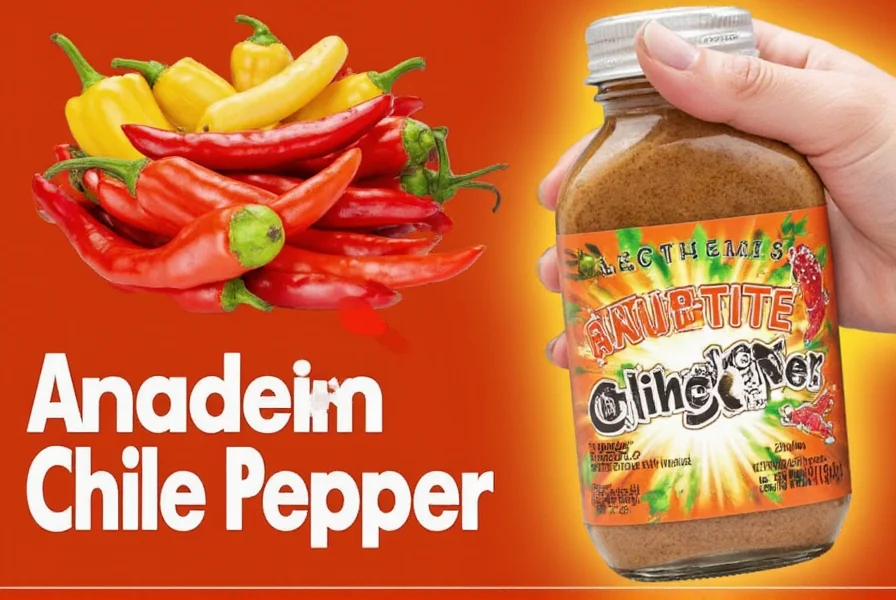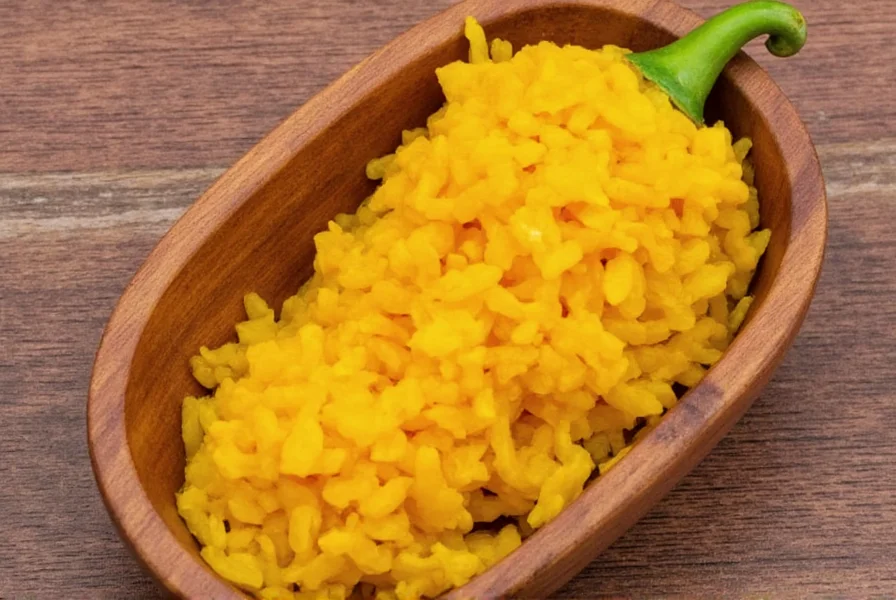Table of Contents
- Introduction
- What Is the Peruvian Yellow Hot Pepper?
- Peruvian Yellow Hot Pepper in Global Cuisine
- Heat Level and Flavor Profile
- Creative Ways to Use It in Your Kitchen
- Buying Guide: How to Choose the Best Peppers and Alternatives
- Storage Tips for Long-Lasting Flavor
- Health Benefits of Peruvian Yellow Hot Pepper
- Must-Try Recipes Featuring This Bright Bombshell
- Conclusion
Introduction
Welcome, spice lovers! If you've ever bitten into a dish that made your mouth tingle, eyes water, and heart race — you know the magic of a good chili pepper. Among the many spicy gems from around the world, the Peruvian yellow hot pepper stands out with its bold flavor, brilliant color, and moderate heat.
This article is your ultimate guide to understanding what makes this pepper special, how it fits into global spice traditions, and why you should add it to your kitchen arsenal. Whether you're a pro chef or a weekend cook who loves experimenting, there’s something here for you.
What Is the Peruvian Yellow Hot Pepper?
The Peruvian yellow hot pepper, also known as Aji Amarillo, is a staple in Peruvian cuisine. Despite its vibrant yellow-orange hue when fully matured, it's commonly referred to as "yellow" in culinary circles.
Botanically classified as *Capsicum baccatum*, this pepper ranges between 30,000 to 50,000 Scoville Heat Units (SHU), making it hotter than jalapeños but milder than habaneros. But beyond the numbers, it's the flavor that really sets it apart — think fruity, citrusy, and floral notes wrapped in a warm, lingering heat.
| Pepper Type | Heat Level (SHU) | Main Flavor Notes | Common Uses |
|---|---|---|---|
| Peruvian Yellow Hot Pepper | 30,000–50,000 | Fruity, Citrusy, Floral | Ceviche, sauces, stews |
| Jalapeño | 2,500–8,000 | Grassy, Earthy | Salsas, nachos, pickling |
| Habanero | 100,000–350,000 | Tropical Fruit, Smoky | Hot sauces, Caribbean dishes |
Peruvian Yellow Hot Pepper in Global Cuisine
While the Peruvian yellow hot pepper is native to Peru and deeply rooted in Andean cooking, it has found its way into international kitchens thanks to growing interest in authentic Latin American flavors.
- In Peru, it’s used in iconic dishes like ceviche, lomo saltado, and causa rellena.
- In Chile and Ecuador, it's sometimes blended with local peppers to create complex flavor profiles.
- In the United States and Europe, chefs use it to add exotic flair to gourmet dishes and fusion recipes.
Heat Level and Flavor Profile
If you’re curious about the spiciness of the Peruvian yellow hot pepper, let’s break it down:
- Scoville Scale: 30,000–50,000 SHU
- Heat Sensation: Moderate, builds gradually
- Pain Duration: Short-lived, doesn't linger harshly
Unlike some chilies that punch you with immediate fire, this one warms you up slowly. Think of it as a slow dance of heat that leaves your taste buds happy, not defeated.
Creative Ways to Use It in Your Kitchen
Ready to get spicy? Here are five fun and flavorful ways to make the most of your Peruvian yellow hot pepper:
- Make a Zesty Aioli: Blend roasted peppers with mayo, garlic, and a squeeze of lime for a sandwich spread that kicks things up a notch.
- Add It to Pasta Sauce: Stir in pureed peppers to your marinara or creamy Alfredo for a subtle kick that surprises.
- Infuse Oils or Vinegars: Let dried pods steep in olive oil or vinegar to create infused bases perfect for dressings or marinades.
- Use in Tacos and Burritos: Dice fresh peppers into salsas or roast them to blend into taco fillings.
- Create Fusion Dishes: Try adding it to Thai curry paste, Indian chutneys, or even pizza toppings for an unexpected twist.
Buying Guide: How to Choose the Best Peppers and Alternatives
Whether you're shopping at a local market or ordering online, here’s what to look for:
Fresh Peppers
- Color: Look for bright yellow or orange hues; avoid dull or greenish tones unless you prefer less ripeness.
- Texture: Firm with no soft spots or wrinkles.
- Size: Medium to large pods are typically more mature and flavorful.
Dried Peppers
- Smell: Should be fragrant, not musty or moldy.
- Appearance: Avoid overly brittle or discolored pods.
Alternatives
| Alternative | Pros | Cons | Best For |
|---|---|---|---|
| Serrano Pepper | Mild substitute, easier to find | Less fruity flavor | Ceviche, salads |
| Hatch Green Chile | Roasty flavor profile | Less consistent heat | Stews, roasts |
| Cubanelle Pepper | Mild and sweet | Very low heat | Kid-friendly meals |

Storage Tips for Long-Lasting Flavor
Want your Peruvian yellow hot pepper to last longer without losing flavor? Here are a few tricks:
- Refrigerate: Store whole, unwashed peppers in a plastic bag in the crisper drawer for up to two weeks.
- Freeze: Roast, peel, and freeze in airtight bags for up to six months.
- Dry: String them up in a warm, dry place or use a dehydrator. Store dried peppers in sealed containers away from light.
- Pickled: Make quick pickles by simmering peppers with vinegar, garlic, and spices. Keeps for months in the fridge.
Health Benefits of Peruvian Yellow Hot Pepper
Beyond the heat, the Peruvian yellow hot pepper packs a nutritional punch. It’s loaded with:
- Vitamin C: Boosts immunity and skin health
- Vitamin A: Supports eye and immune health
- Antioxidants: Helps fight inflammation and cellular damage
- Capcaisin: May aid metabolism and fat burning
So while it brings the fire, it also brings the goodness — talk about a win-win!
Must-Try Recipes Featuring This Bright Bombshell
Ready to put theory into practice? Try these three crowd-pleasing recipes:
1. Peruvian Yellow Pepper Vinaigrette
- Ingredients: Fresh peppers, olive oil, red wine vinegar, honey, garlic
- Method: Roast and blend peppers, then whisk with remaining ingredients. Perfect for grain bowls or roasted veggies.
2. Creamy Yellow Pepper Chicken
- Ingredients: Chicken thighs, onions, garlic, cream, yellow peppers
- Method: Sear chicken, sauté aromatics, add pureed peppers and simmer. Finish with a splash of cream.
3. Spicy Mango Sorbet with Pepper Kick
- Ingredients: Frozen mango, lime juice, honey, a dash of pureed yellow pepper
- Method: Blend all ingredients until smooth. Freeze for 2–3 hours. A surprising yet delightful dessert!

Conclusion
The Peruvian yellow hot pepper isn’t just another chili — it’s a culinary passport to one of the world’s most vibrant spice traditions. With its unique blend of heat, flavor, and versatility, it deserves a spot in every adventurous cook’s pantry.
Whether you're jazzing up a weekday stir-fry or impressing guests with a Peruvian-inspired dish, this little yellow pod delivers big-time satisfaction. So go ahead — embrace the burn, enjoy the flavor, and explore the fiery charm of global spice culture through this incredible pepper.










 浙公网安备
33010002000092号
浙公网安备
33010002000092号 浙B2-20120091-4
浙B2-20120091-4